The Best Chest Exercise
Torque is highest when the perpendicular distance between a force and an axis of rotation is at its greatest. As joint torque dictates the tension imposed on a muscle, it is one of the supreme governors of muscle growth and strength. The most effective exercises for a muscle always feature the highest possible levels of muscular tension. Torque at the shoulder joint, with resulting tension on a great number of pectoral fibers, is the major reason reason why suspended flyes are the best exercise for chest development. Other reasons include:
1. Congruence with the function of pec major. As you flye, place an onus on internal rotation of the humerus – that is, try and turn your biceps downward as your hands come together. Remember, it is not just the exercise but how you perform it!
2. Easy to learn. You don’t have to waste time with insignificant loads while acquiring the skill to perform the exercise.
3. Easy to load and track progress. Chains and bands increase in load while the moment arm diminishes. Also, tension increases as the body becomes more parallel with the ground. Kettlebells can be strapped around the waist.
Suspended flyes are an extremely powerful exercise! Do not commit to more than 6 weeks (with a workout every five to seven days) of intensive effort. Prepare for a specialized chest growth phase by addressing the health and function of your shoulders and biceps.
I am a long-time and staunch advocate of dumbbells and barbells. However, suspended flyes are the best for chest!
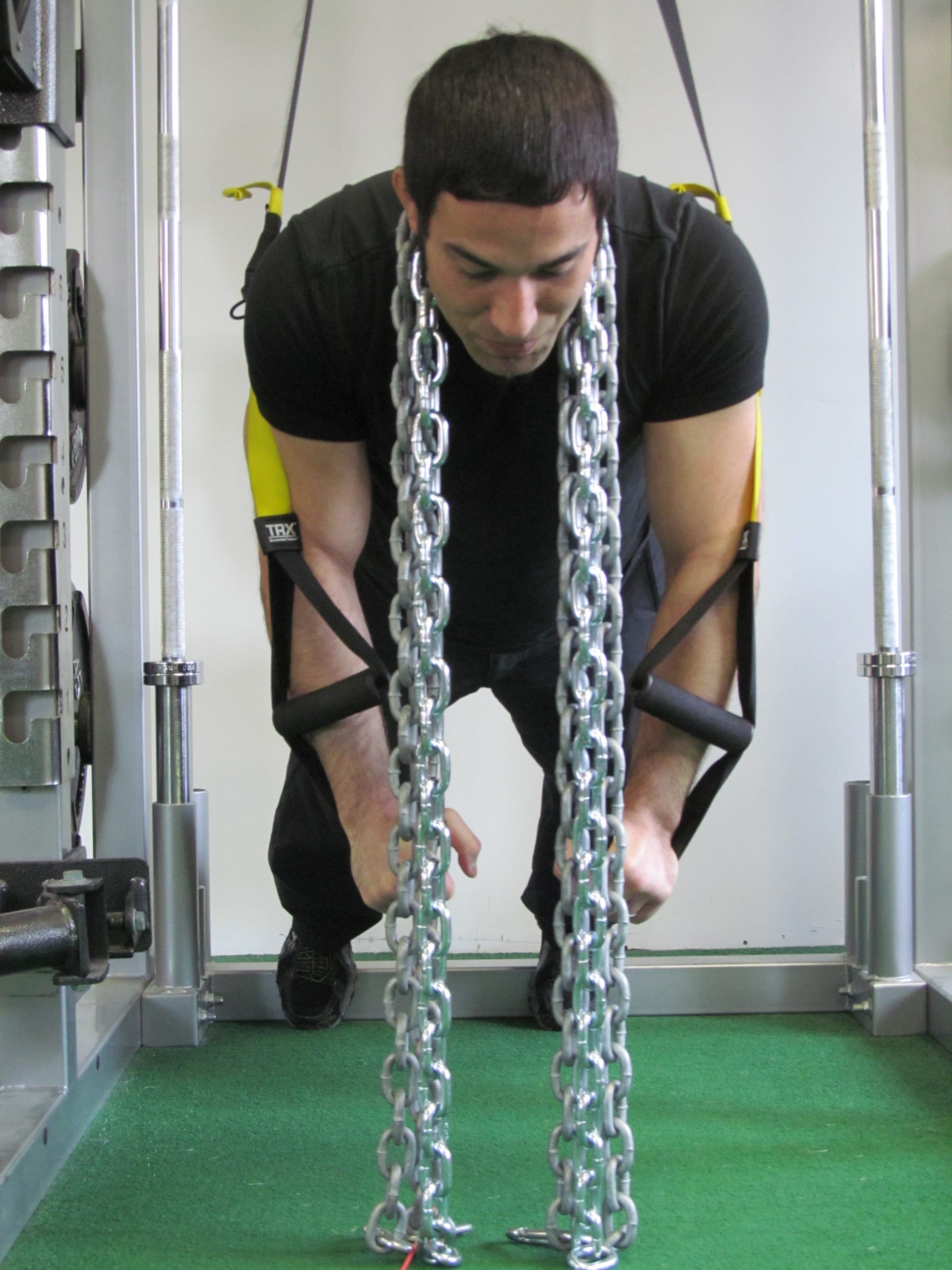


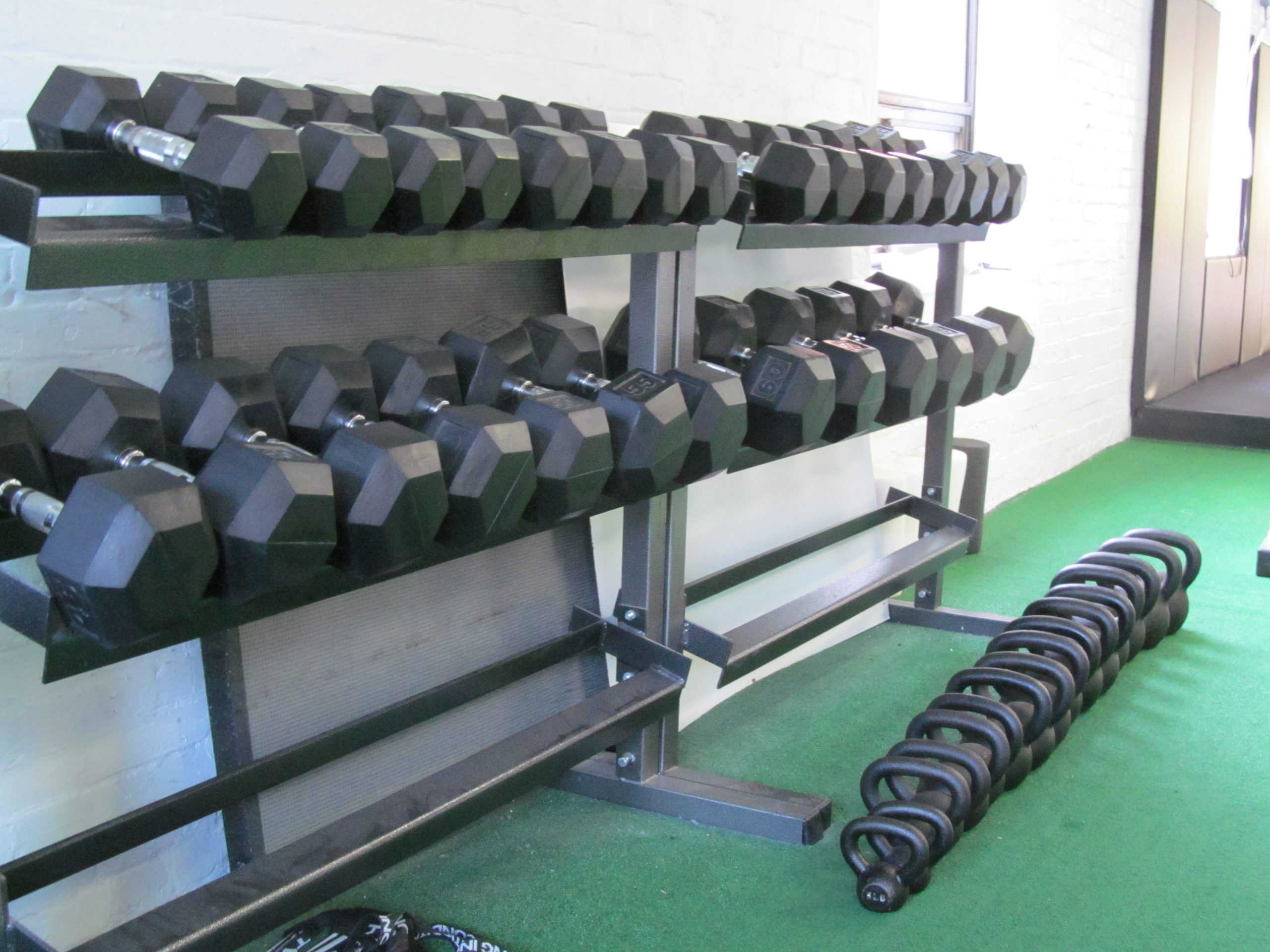

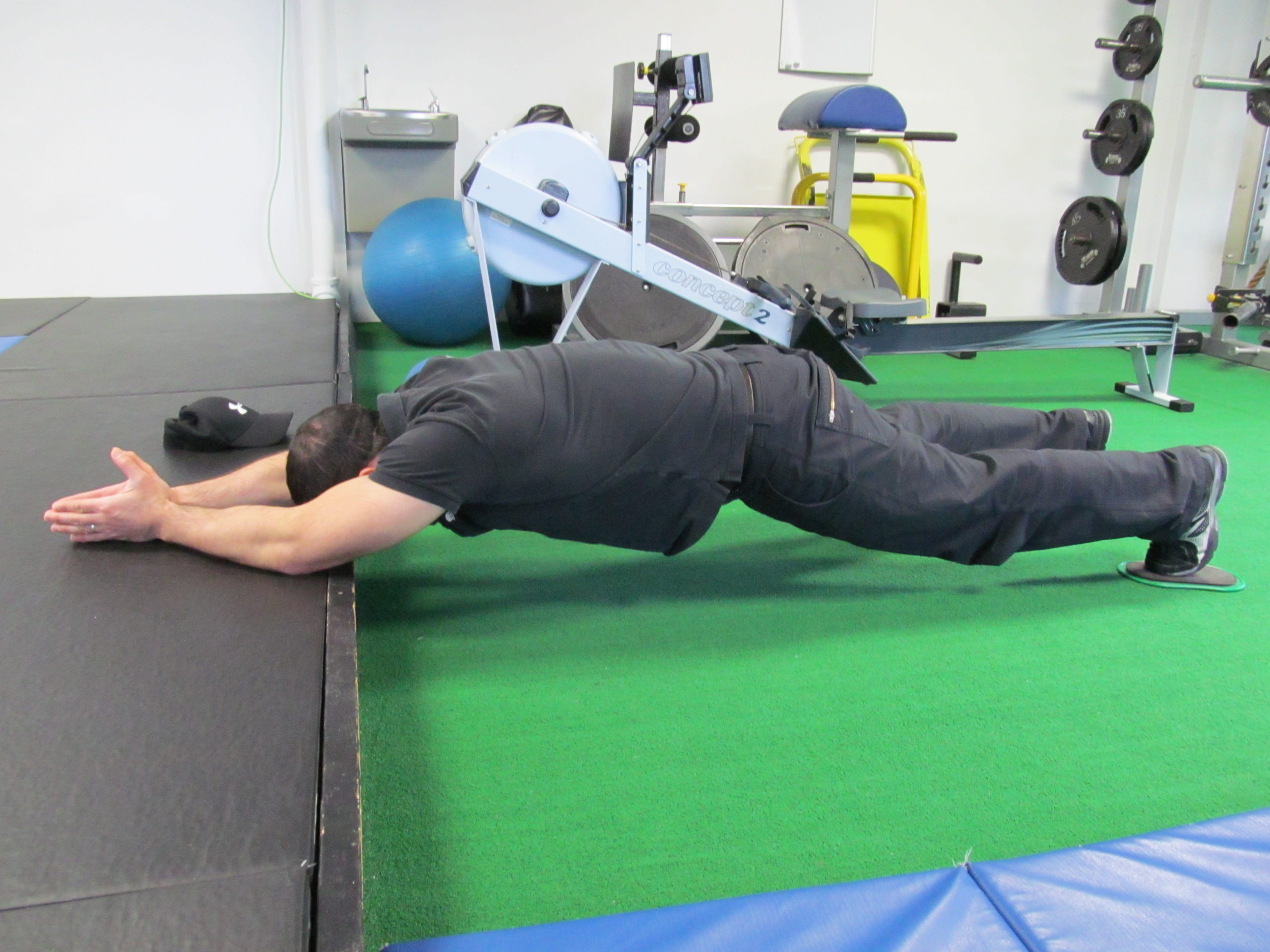
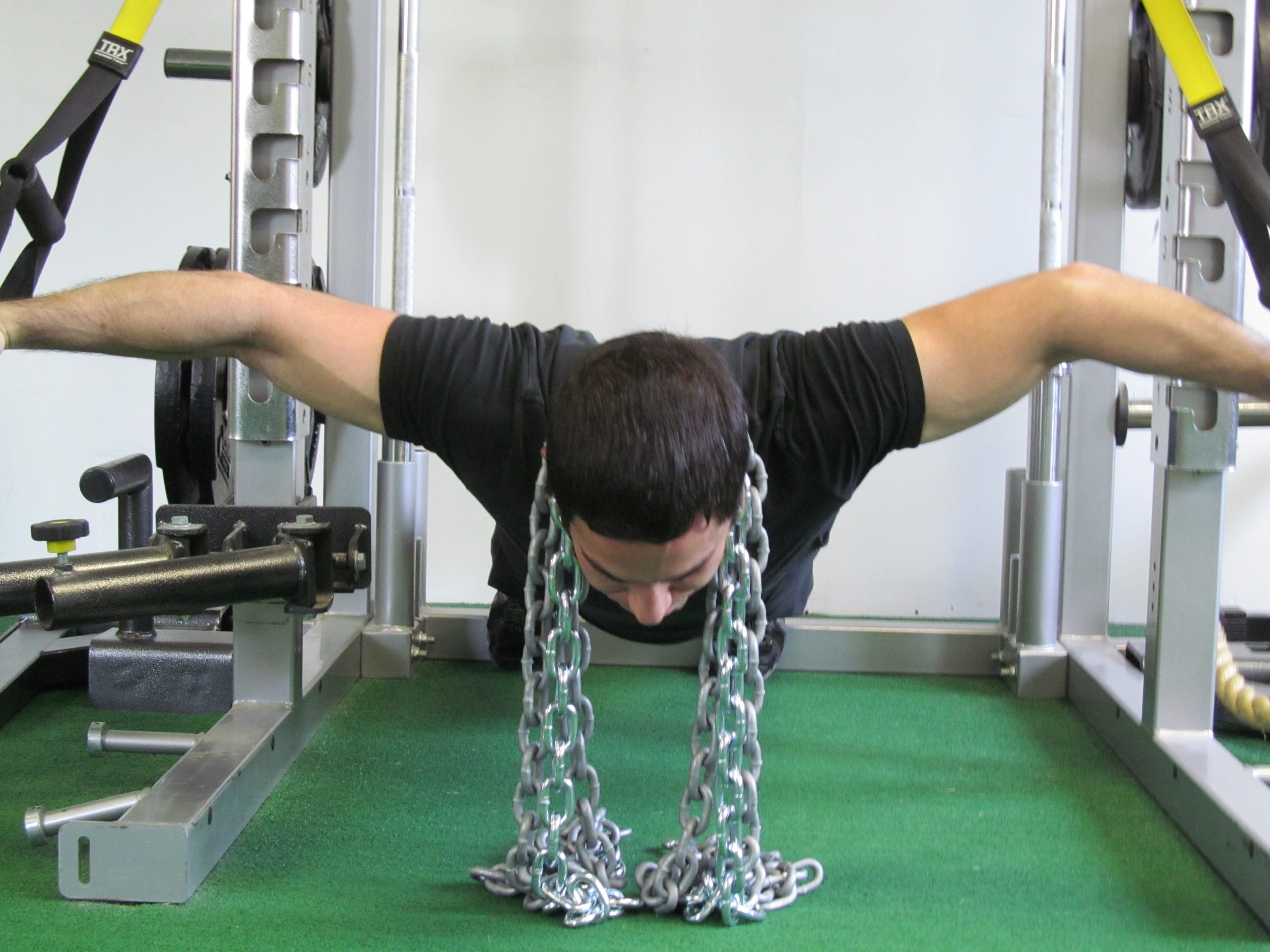
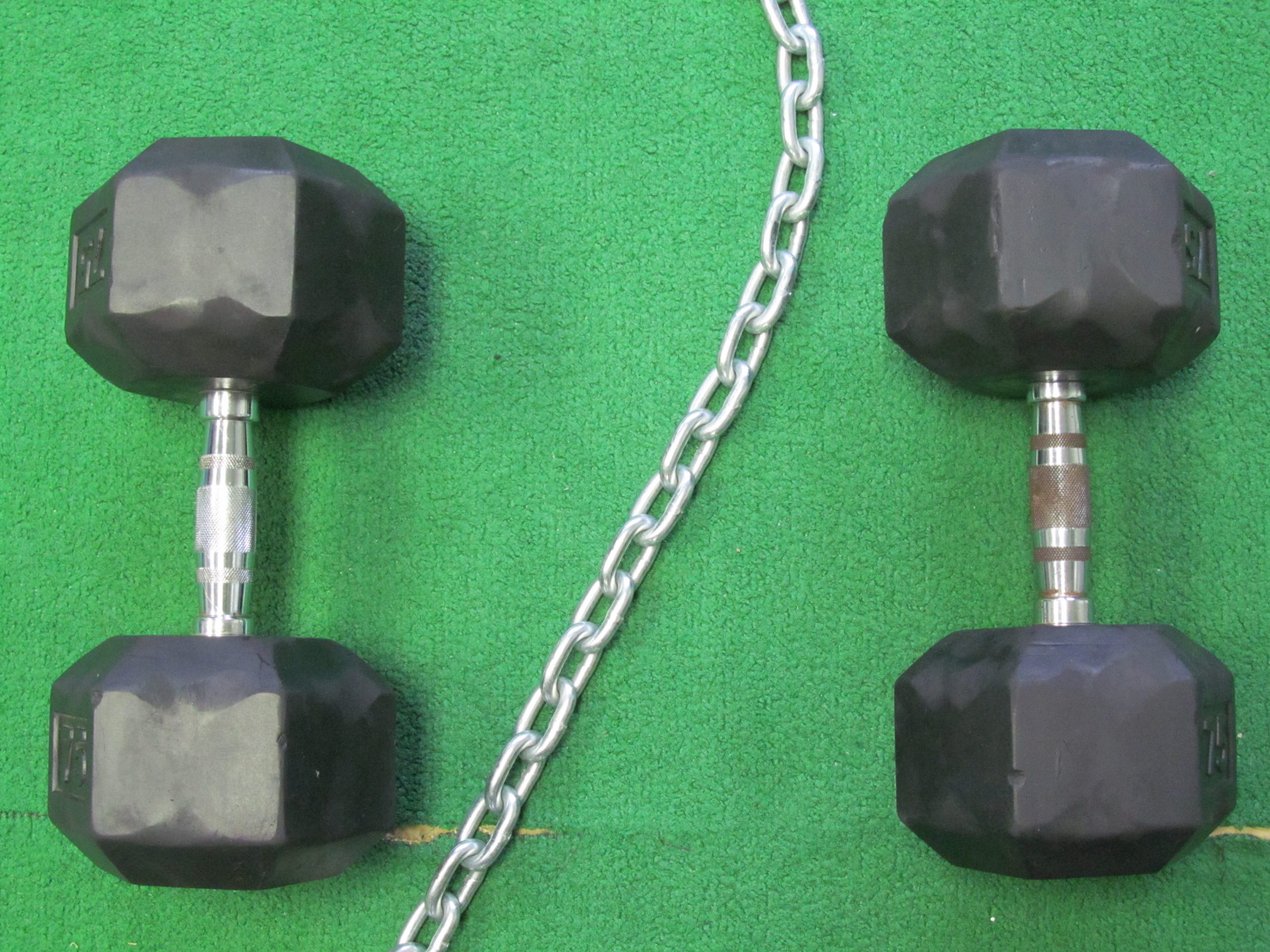
Recent Comments